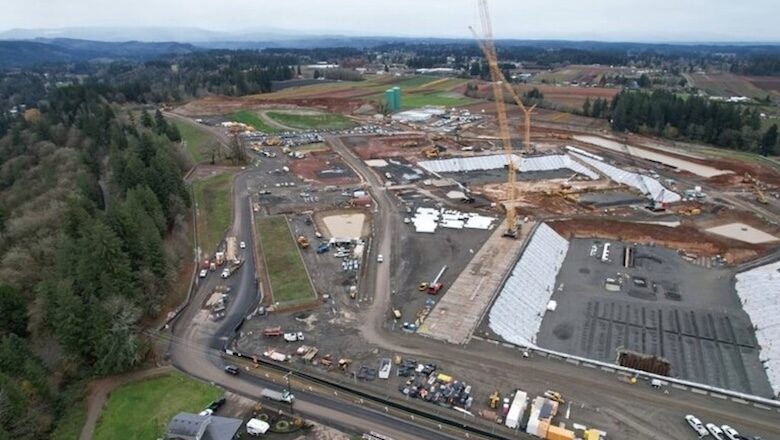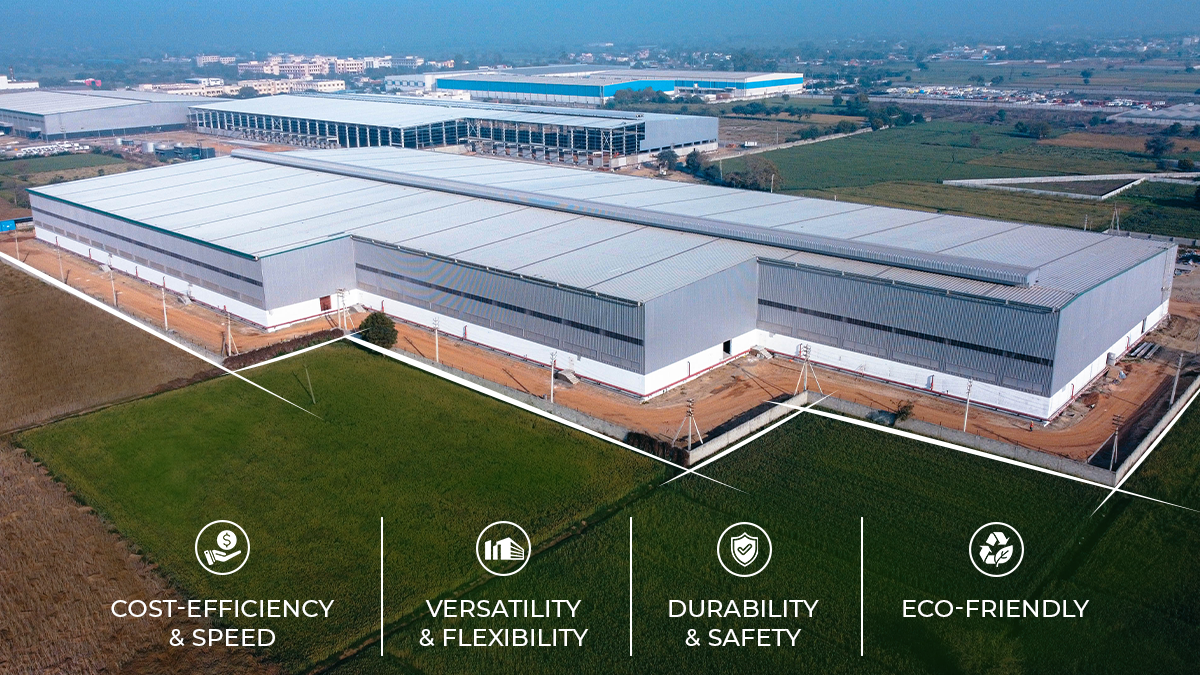
Five-Month Shutdown Ends for $2.1B Portland Water Filtration Plant Project
[ad_1]

Construction crews will return to work June 30 to meet a federally mandated September 2027 deadline for Portland, Ore., to complete a new plant that will filter its drinking water. After substantial site work had begun, the Oregon Land Use Board of Appeals in February forced the city to halt work at the Bull Run Filtration Project in East Multnomah County by requiring the county to reevaluate its environmental approval.
A county hearing officer finally gave the project the green light, the city announced June 25.
The project, which will ultimately treat about 140 million gallons of water daily, is located 18 miles east of Portland near Mount Hood on a roughly 95-acre city-owned parcel. It must be completed by fall 2027 to meet a federal mandate to ensure quality of the drinking water made available to county customers.
The filtration project, which will ultimately treat about 140 million gallons of water daily, is located 18 miles east of Portland near Mount Hood on a roughly 95-acre city-owned parcel. The project must be completed by fall 2027 to meet a federal mandate to ensure quality of drinking water made available to county customers. To meet that requirement, the project’s two parts, a filtration plant and a pipeline will deliver raw water from the Bull Run River to the new filtration facility and send treated water to residents.
Selection of contractor teams by the Portland City Council in 2023 set in motion what is now estimated to be a total $2.1 billion worth of work.
The filtration facility is being built by MWH Constructors and Kiewit Corp as the construction manager/general contractor. Brown and Caldwell, Stantec and Carollo Engineers are also part of the team. The large-diameter pipeline project is a joint venture of J.W. Fowler and MWH.
The pause in the land-use process “has been costly for the project and customers,” the city said in a statement. The delay “placed at risk the nearly one million people who rely on safe, reliable drinking water.”
Mayor Keith Wilson added that “the city is eager to put hundreds of construction tradespeople back to work to complete these critical water system improvements.” The city indicated that the work will involve excavation and concrete placement.
The ruling that paused work on the project earlier this year followed an appeal by local groups and residents who argued the project’s environmental impacts were not fully evaluated. After considering the challenge, the land use appeals board decided Multnomah County had failed to fully consider natural resources in its decision approving construction and in January remanded the matter back to the county based on an inadequate definition of the phrase “natural resources.” Work at the site stopped on Feb. 14, 2025.
Meanwhile, some state senators tried unsuccessfully to legislate away the land use appeals board’s authority on the issue. They proposed through a law that never passed that some land use changes move forward without board approval if the Oregon Health Authority, state Dept. of Environmental Quality or U.S Environmental Protection Agency set a deadline to develop the facility.
Ultimately, the land use process was allowed to run its course. According to the Portland Water Bureau, the county’s hearing officer, in allowing work to restart, did impose new conditions to protect and improve wildlife and water quality in a creek. But the officer said the project won’t harm or “adversely affect any category of natural resource,” the water bureau stated.
Portland had a water treatment waiver in place until cryptosporidium, a naturally occurring parasite, was detected in 2017, which triggered the federal Safe Drinking Water Act mandate that required revocation of Portland’s water treatment waiver. Filtration will also help remove suspended sediment and potentially cancer-causing chemicals.
According to its announcements, the Portland Water Bureau during the shutdown prioritized site maintenance to ensure a swift restart. Crews conducted stormwater management, erosion control and grading to stabilize excavations. Tunnel portals were braced and equipment maintained to be ready to go again and primary access points to the jobsite were secured with round-the-clock patrols.
[ad_2]
Source link
Post a Comment
You must be logged in to post a comment.






